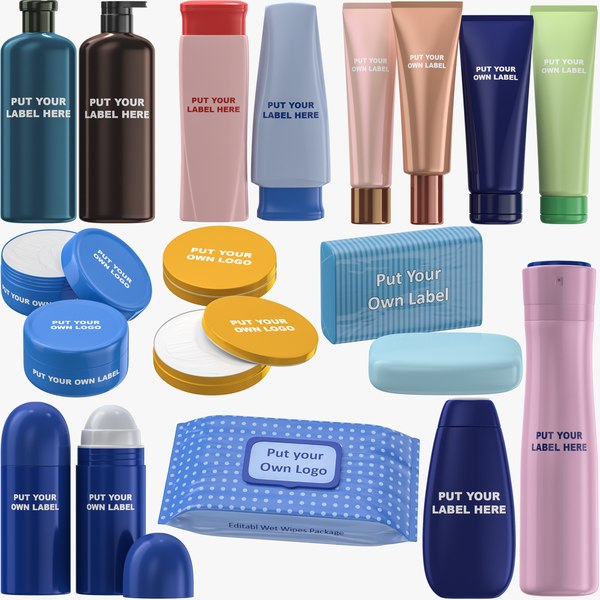Spray foam insulation is substantially a lot more costly than cellulose or fiberglass, and it’s much better for an expert to mount it. Closed-cell foams commonly use hydrofluorocarbons as the moving representative, and HFCs are much less environmentally-friendly than the propellants utilized for open cell options. Healed closed-cell foam is a lot more difficult to trim than open-cell foam, so installers don’t overfill stud and rafter bays. It’s way way too much work cutting it back after the foam has actually cured. Inspect between block and wood house siding, in between foundation and walls, and in between the chimney and siding. Additionally look in the cellar and crawlspace, attic and the inside and exterior of your home for gaps and fractures where air may be escaping.
Eventually, closed-cell spray foam is largely the far better selection. It’s literally stronger and does a better job of insulating a space. It also develops an efficient vapor barrier, indicating the property owner does not need to apply one themselves after the foam dries out. It is pricey, and open cell foam is a bit more cost effective, and it’s a far better insulator than batts per board foot. The insulation products themselves are extra pricey than other types, but spray foam insulation additionally requires careful application.
Hydrofluorocarbons, which are usual blowing agents, can have GWPs in the thousands or 10s of thousands. While there are do it yourself kits available, many home owners may determine to hire this unpleasant work bent on a specialist. Home owners will pay for this experience, as expert spray-foam installment expenses between $1,300 and $4,000, with a national standard of around $2,500. With the threats of worldwide warming and environment change progressing comprehended, this alone suffices to make some developers run the various other method. A next-generation blowing agent created by Honeywell, called Solstice, is a various chemical, a hydrofluoroolefin.
Open-cell foam makes a good air barrier, however it’s vapor permeable. That implies water vapor can migrate with the foam even when the mass activity of air is blocked. If you have any kind of inquiries regarding in which and also the best way to use wowcohol.com, you are able to email us from our own web site. This ends up being an important consideration when the foam is sprayed between rafters on the bottom of the roof sheathing to create a conditioned attic in a chilly climate. In the winter season, wetness in the attic room air can make its means with the foam and gather on the rear end of the sheathing– a possible mold and mildew and decay trouble. In this case, a separate vapor retarder or vapor-retarding paint must be mounted over the foam.
And, considering that the foam broadens to the area in which it’s splashed, these pockets will certainly reach even the little spaces and crannies. These characteristics make spray foam a very reliable insulator. And in the case of closed-cell foam, there is the matter of the blowing agent– the chemical additive that provides foam its froth and its high R-value.
Property owners that can not discover a low-GWP spray foam choice or decide that one more form of insulation much better suits their needs might want to take into consideration a recycled option. The expenses of these insulation materials will additionally be more wallet-friendly than spray foam.
Despite some obvious performance advantages, some building contractors and developers won’t make use of spray foam. Spray foam is made at the task website from two chemicals, the “A” and “B” sides.
 Spray foam insulation is significantly a lot more costly than cellulose or fiberglass, and it’s much better for a professional to mount it. Cured closed-cell foam is much more challenging to cut than open-cell foam, so installers don’t overfill stud and rafter bays. Inevitably, closed-cell spray foam is greatly the much better option. And in the situation of closed-cell foam, there is the matter of the blowing representative– the chemical additive that gives foam its froth and its high R-value.
Spray foam insulation is significantly a lot more costly than cellulose or fiberglass, and it’s much better for a professional to mount it. Cured closed-cell foam is much more challenging to cut than open-cell foam, so installers don’t overfill stud and rafter bays. Inevitably, closed-cell spray foam is greatly the much better option. And in the situation of closed-cell foam, there is the matter of the blowing representative– the chemical additive that gives foam its froth and its high R-value.
Home owners who can not find a low-GWP spray foam alternative or choose that one more kind of insulation better matches their requirements may desire to consider a recycled option.